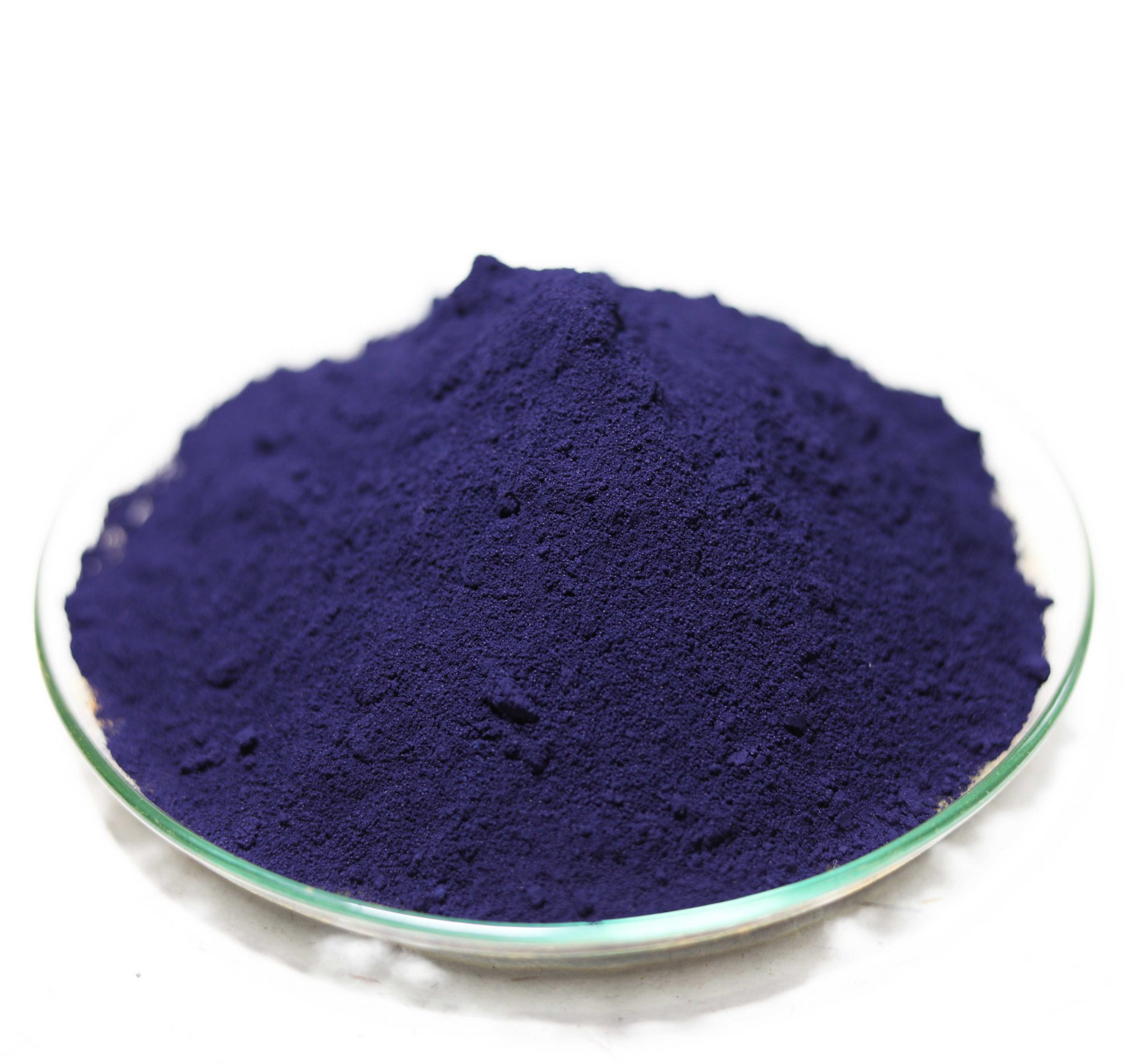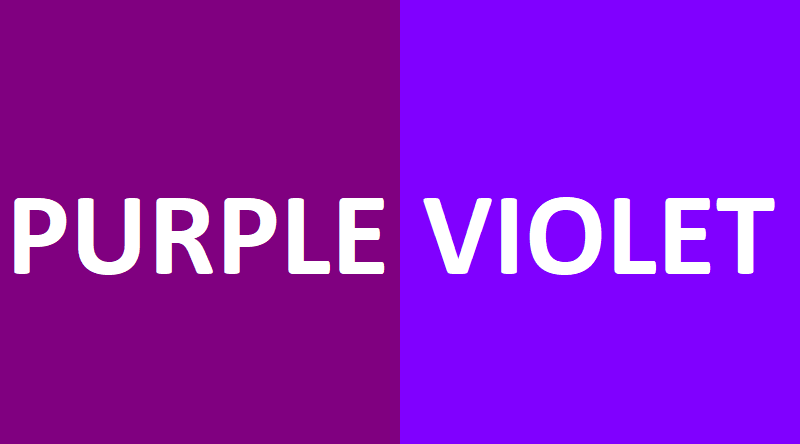Have you ever gazed at a twilight sky, awash in hues of purple and blue, and felt a sense of wonder wash over you? Or perhaps you’ve been drawn to the calming presence of a deep indigo dye, its richness evoking a sense of tranquility? The colors indigo and violet, often perceived as intertwined, hold a unique power over our senses and emotions. They are more than just shades on a spectrum – they are threads woven into the tapestry of human experience, steeped in history, symbolism, and scientific intrigue.

Image: vrittidesigns.com
Today, we embark on a journey into the world of indigo and violet, exploring their rich history, their influence on art and culture, and their profound impact on our perceptions. We will delve into the scientific nuances of these colors, uncovering why they evoke such varied and potent emotions. This exploration will also reveal the surprising ways these colors shape our lives, from the products we use to the ways we interpret the world around us.
A History Steeped in Mystery and Majesty
Indigo, often classified as a shade of blue, has a long and captivating history, its origins entwined with ancient civilizations. The name “indigo” is derived from the Latin word “indicum,” referencing its origins in India, where the pigment was extracted from the indigo plant. For centuries, indigo was a prized commodity, traded across vast distances and coveted for its vibrant color and durability. The Egyptians incorporated it into their elaborate burial ceremonies, while the Romans used it to dye clothing and for medicinal purposes. In the East, indigo held a special significance. It was associated with spirituality, purity, and wisdom, and was used to color sacred garments and ceremonial objects.
Violet, on the other hand, has its roots in the ancient world as well. The word “violet” derives from the Latin “viola,” referring to the violet flower, a source of a vibrant purple dye. Ancient Greeks considered violet a symbol of royalty, and in ancient Rome, it was associated with Jupiter, the king of the gods. The color was also linked to mourning, as evidenced by the use of violet-colored garments during funerary ceremonies.
The Science of Perception: From Wavelengths to Emotions
The power of indigo and violet lies not just in their historical significance, but also in the way our brains interpret them. The colors we see are defined by the wavelengths of light reflected from objects. Indigo, with its shorter wavelength, sits between blue and violet, and its color is often perceived as a deep, rich blue. Violet, with an even shorter wavelength, resides at the far end of the visible spectrum, bordering on the invisible world of ultraviolet light.
These wavelengths interact with our visual receptors, activating specific neural pathways, and triggering a cascade of emotional responses. Indigo is often associated with feelings of calmness, introspection, and spirituality, evoking a sense of stability and groundedness. Conversely, violet, with its energetic frequency, can evoke feelings of royalty, creativity, and mysticism, sometimes even connecting with spiritual or intuitive experiences.
Beyond the Spectrum: The Cultural Impact of Indigo and Violet
The influence of indigo and violet extends beyond our individual perceptions, shaping the tapestry of human culture. In fashion, indigo is synonymous with denim, a fabric that has become a worldwide trend, symbolizing both ruggedness and rebellion. The rich history of indigo dyeing has also inspired contemporary fashion designers, who use the color to create sophisticated and timeless garments. Similarly, violet, with its association of royalty, has been adopted by fashion houses around the world, finding its way onto catwalks and into high-end collections.
In art, indigo and violet have been used by some of the most renowned artists throughout history. From the Impressionist masters who captured the fleeting hues of the sky to contemporary abstract expressionists who utilize the colors to evoke emotion and depth, indigo and violet have always played a powerful role in artistic expression.

Image: ar.inspiredpencil.com
Harnessing the Power of Indigo and Violet
The colors indigo and violet, with their unique qualities, offer a multitude of possibilities for personal growth and expression. Indigo’s calming presence makes it an excellent choice for creating a serene atmosphere in your home, office, or meditation space. Using indigo in your wardrobe or accessories can provide a sense of empowerment and grounding throughout your day. Violet’s intuitive energy, on the other hand, can be a catalyst for creativity and self-discovery. Incorporating violet into your art or writing can unlock a deeper connection with your inner world.
Indigo And Violet Colour
A Journey Continued
From the ancient world to the present day, indigo and violet have left an enduring legacy on human culture, art, and perception. As we’ve journeyed through their history, their scientific intricacies, and their cultural significance, we’ve gained a deeper understanding of the power these colors hold.
But our journey doesn’t end here. As you continue your own exploration of these fascinating colors, be mindful of how they impact your own experiences. Notice the emotions they evoke, the ways they influence your creativity, and the depths of meaning they hold for you. And remember, the world of indigo and violet is vast and ever-evolving, offering endless opportunities for discovery and self-expression.





